Why Sumo Squats Deserve a Spot in Your Lower Body Workout Routine?
When it comes to lower body workouts, squats are often a go-to exercise, but have you ever tried the sumo squat? This variation targets the hips, glutes, and inner thighs, making it a fantastic addition to your workout routine.
Whether you're aiming for better mobility, building strength, or simply looking for variety in your leg day exercises, sumo squats can deliver incredible benefits. In this guide, we'll walk you through the essential details about sumo squats, from their benefits to how you should perform them correctly.
What Are Sumo Squats?
Sumo squats are a variation of the traditional squat, with a key difference: the stance. In a sumo squat, your feet are placed wider than shoulder-width apart, and your toes point outward at a 45-degree angle. This stance mimics the foot positioning of sumo wrestlers (hence the name), and it changes the way the muscles in your legs and glutes are engaged during the movement.
Unlike the regular squat, which primarily focuses on the quadriceps and glutes, sumo squats place more emphasis on the inner thighs (adductors), hamstrings, and glutes, making them a great exercise for improving overall leg strength and targeting often-neglected muscle groups.

Benefits of Sumo Squats
Incorporating sumo squats into your workout routine offers a variety of benefits. Here’s why you should consider adding them:
1. Improves Leg Strength
Sumo squats effectively target key muscle groups such as the glutes, quads, hamstrings, and inner thighs. By engaging more muscles than a regular squat, they help improve your overall leg strength, contributing to better performance in other leg exercises and physical activities.
2. Targets the Inner Thighs
One of the primary benefits of sumo squats is their ability to target the inner thighs. By placing your feet wider apart and angling your toes outward, sumo squats engage the adductors (inner thigh muscles) more than regular squats, making them a great exercise for toning this area.
3. Enhanced Hip Mobility
Performing sumo squats regularly can improve hip mobility due to the wide stance. This can be beneficial for athletes or anyone looking to enhance flexibility and range of motion in the hips, which is crucial for various sports and activities.
4. Better Posture
When done with proper form, sumo squats engage your core, helping you maintain balance and stability throughout the movement. This can lead to better posture over time, as your body learns to activate the right muscles to support your spine.
5. Increased Glute Activation
Sumo squats engage the glutes more than regular squats because of the wider stance and outwardly rotated legs. If you’re looking to build your glutes or enhance their strength, sumo squats can be a key component of your workout routine.

How to Perform a Sumo Squat: Step-by-Step Guide?
Performing a sumo squat with the correct form is crucial to avoid injury and maximize its benefits. Here’s a step-by-step guide to help you get it right:
Step 1: Get into the Starting Position
- Stand with your feet wider than shoulder-width apart.
- Point your toes outward at a 45-degree angle.
- Keep your chest lifted, shoulders back, and core engaged.
Step 2: Lower into the Squat
- Initiate the movement by pushing your hips back and bending your knees.
- Lower your body down as if you’re sitting into a chair. Keep your back straight and avoid rounding your spine.
- Ensure your knees are tracking over your toes, and don’t let them cave inward.
- Go as deep as your mobility allows, aiming for your thighs to be parallel to the ground or lower.
Step 3: Return to the Starting Position
- Push through your heels and squeeze your glutes to stand back up.
- Straighten your legs and return to the starting position while keeping your chest lifted and core engaged.
Step 4: Repeat
- Perform the desired number of repetitions while maintaining proper form throughout the set.
- Aim for 3-4 sets of 10-15 repetitions.
Common Mistakes to Avoid in Sumo Squats
While sumo squats are a great exercise, many people make mistakes that can hinder their progress or lead to injury. Here are a few common errors to watch out for:
1. Rounding the Back
One of the most common mistakes is rounding the back while lowering into the squat. This can put unnecessary strain on your spine and lead to injury. Focus on keeping your chest lifted and your back straight as you squat.
2. Allowing Knees to Cave In
When performing sumo squats, make sure your knees are tracking in line with your toes. Avoid letting them cave inward, as this can cause strain on your knees and reduce the effectiveness of the exercise.
3. Not Going Low Enough
Many people only perform a partial squat, which reduces the activation of the target muscles. Try to go as deep as you can while maintaining proper form, aiming for your thighs to be parallel to the ground or lower.
4. Lifting Heels
Keeping your heels down is essential for activating the right muscles in your lower body. If you lift your heels during the squat, it shifts the weight forward, which can lead to instability and strain on your knees.

Sumo Squat Variations
To keep your workout routine fresh and challenging, you can incorporate different variations of the sumo squat. Here are a few options to consider:
1. Sumo Squat with Dumbbell/Kettlebell
Hold a dumbbell or kettlebell in front of your body with both hands while performing the sumo squat. This adds resistance to the movement, helping to build strength and muscle.
2. Jumping Sumo Squat
Perform a sumo squat as usual but add a jump as you push yourself back up. This increases the intensity of the exercise and adds a cardiovascular element.
3. Sumo Squat Pulse
After lowering into the squat, perform small pulses at the bottom of the movement for 10-15 reps before returning to the top. This increases time under tension, leading to greater muscle activation.
Incorporating Sumo Squats Into Your Routine
Sumo squats can be incorporated into a variety of workout routines. Here are a few ways to make them part of your fitness plan:
1. Leg Day
Add sumo squats to your leg day routine along with other lower body exercises like lunges, Bulgarian split squats, and deadlifts.
2. Full-Body Workout
Include sumo squats in a full-body workout to target your lower body while working on other muscle groups such as the chest, back, and arms.
3. Core Strengthening
Use sumo squats in a circuit with other core exercises like planks, Russian twists, and leg raises to strengthen your core while working your legs.
Sumo Squats: A Simple Move with Major Strength and Toning Benefits
Sumo squats are a powerful exercise that can help improve your leg strength, build muscle, and enhance mobility. By targeting your glutes, inner thighs, and hamstrings, they offer a great alternative to traditional squats, with the added benefit of toning often-neglected muscle groups. To get the most out of this exercise, ensure that you're performing it with the correct form, and don’t forget to experiment with different variations to keep your workouts challenging and fun. Happy squatting!
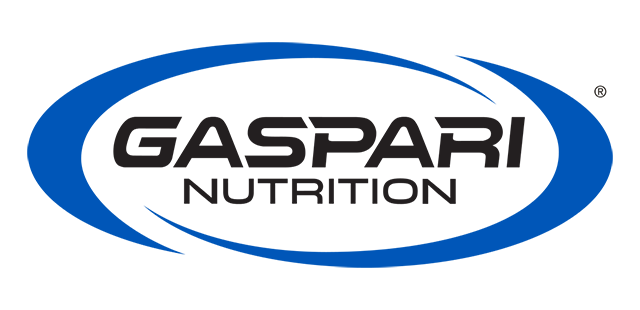
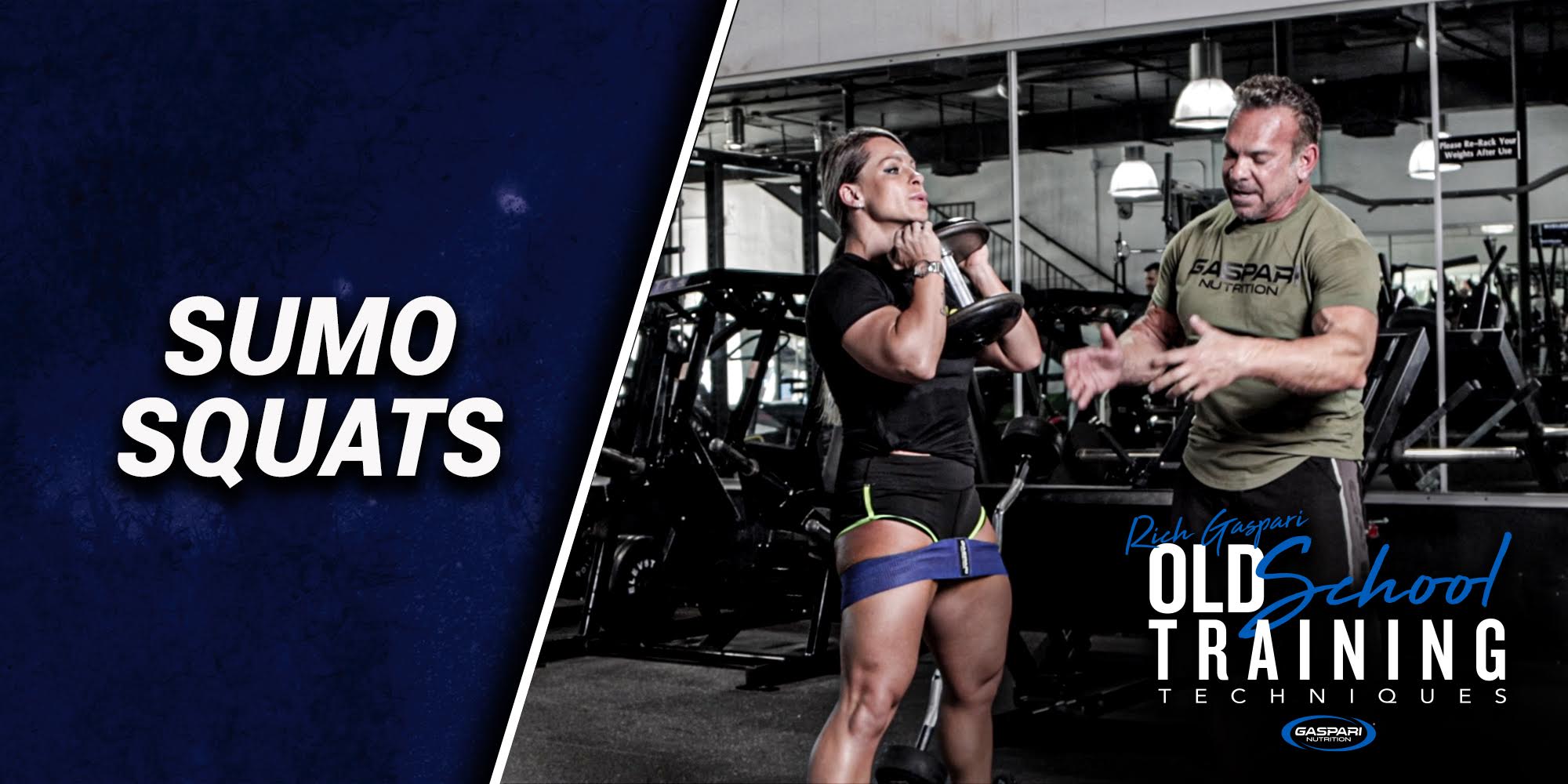












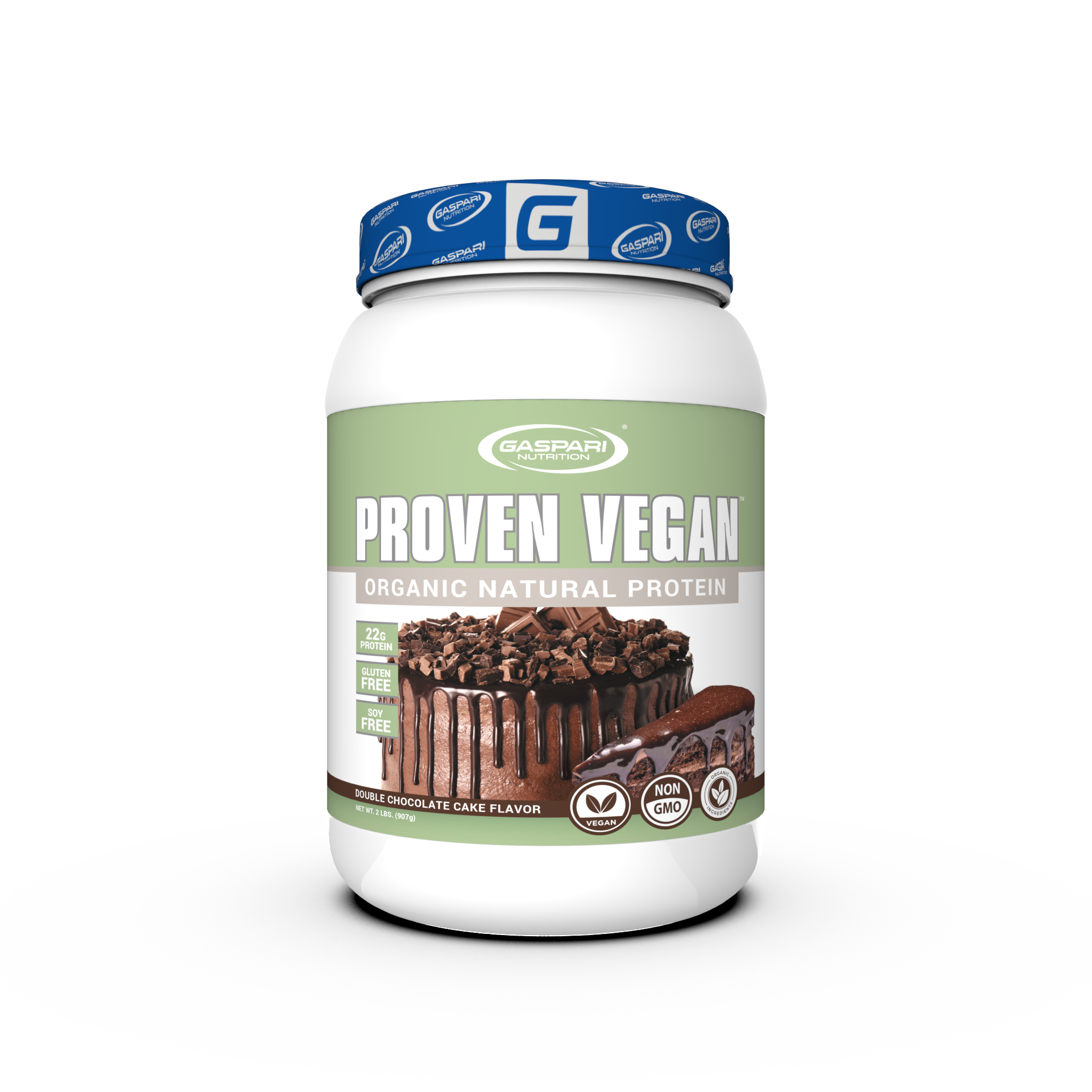





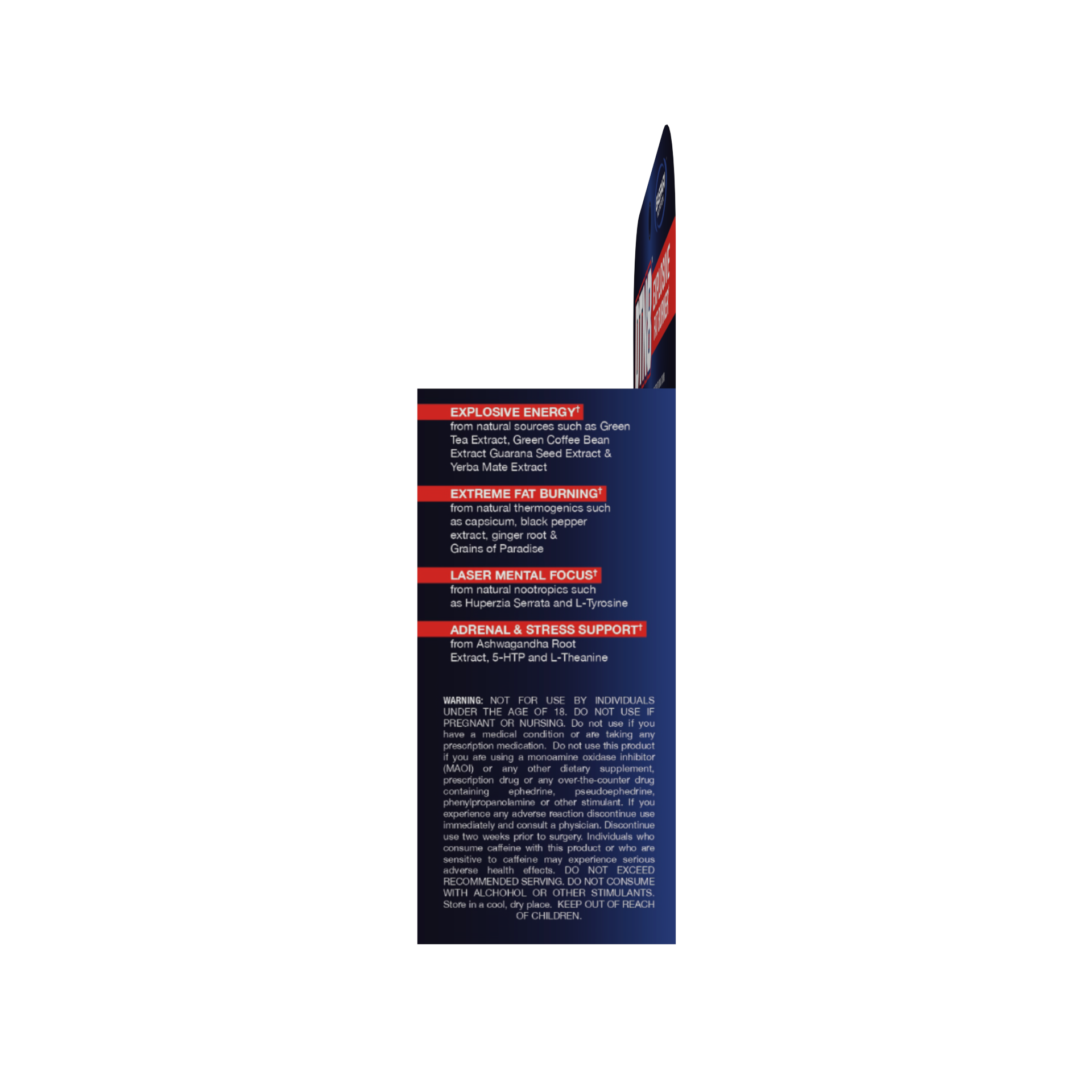

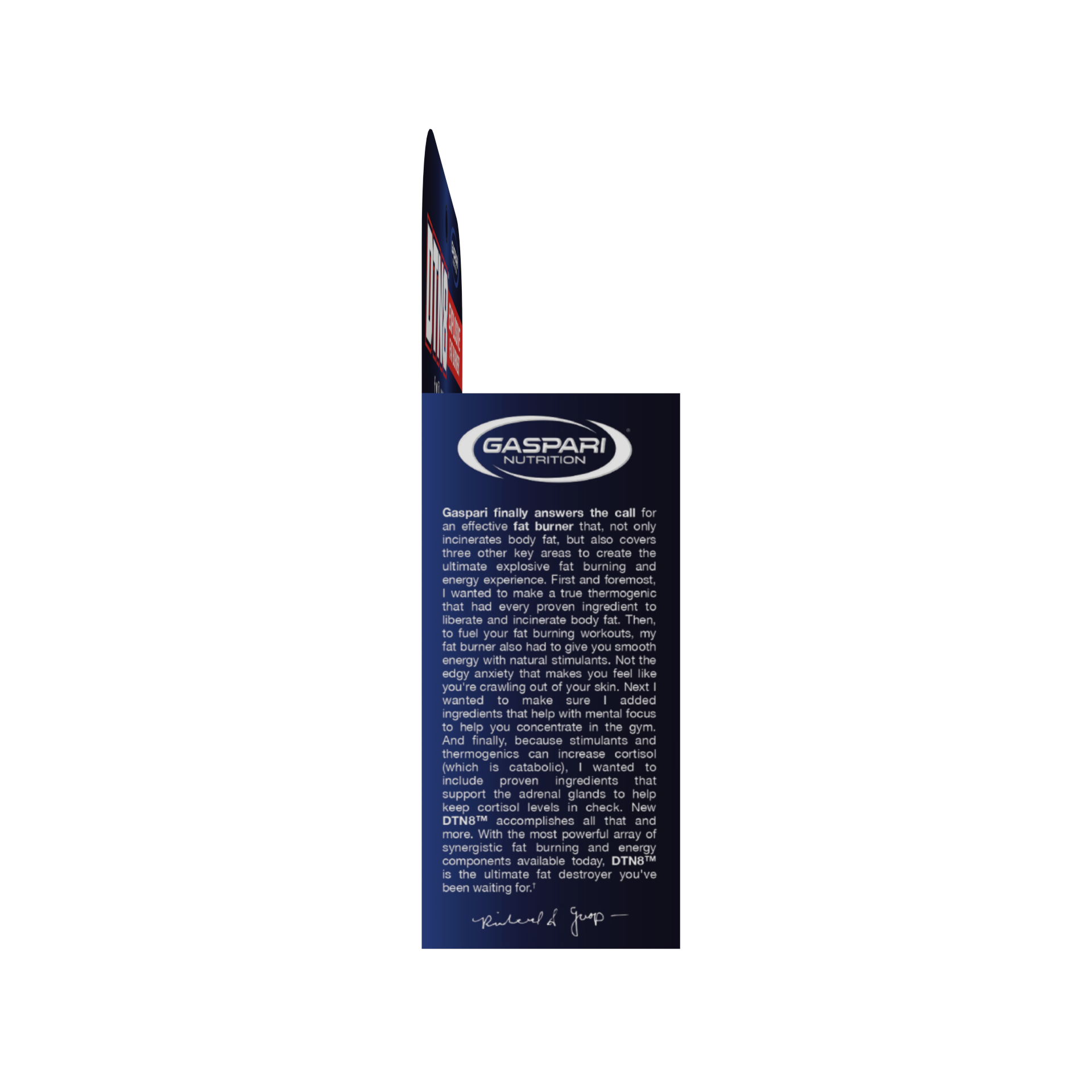

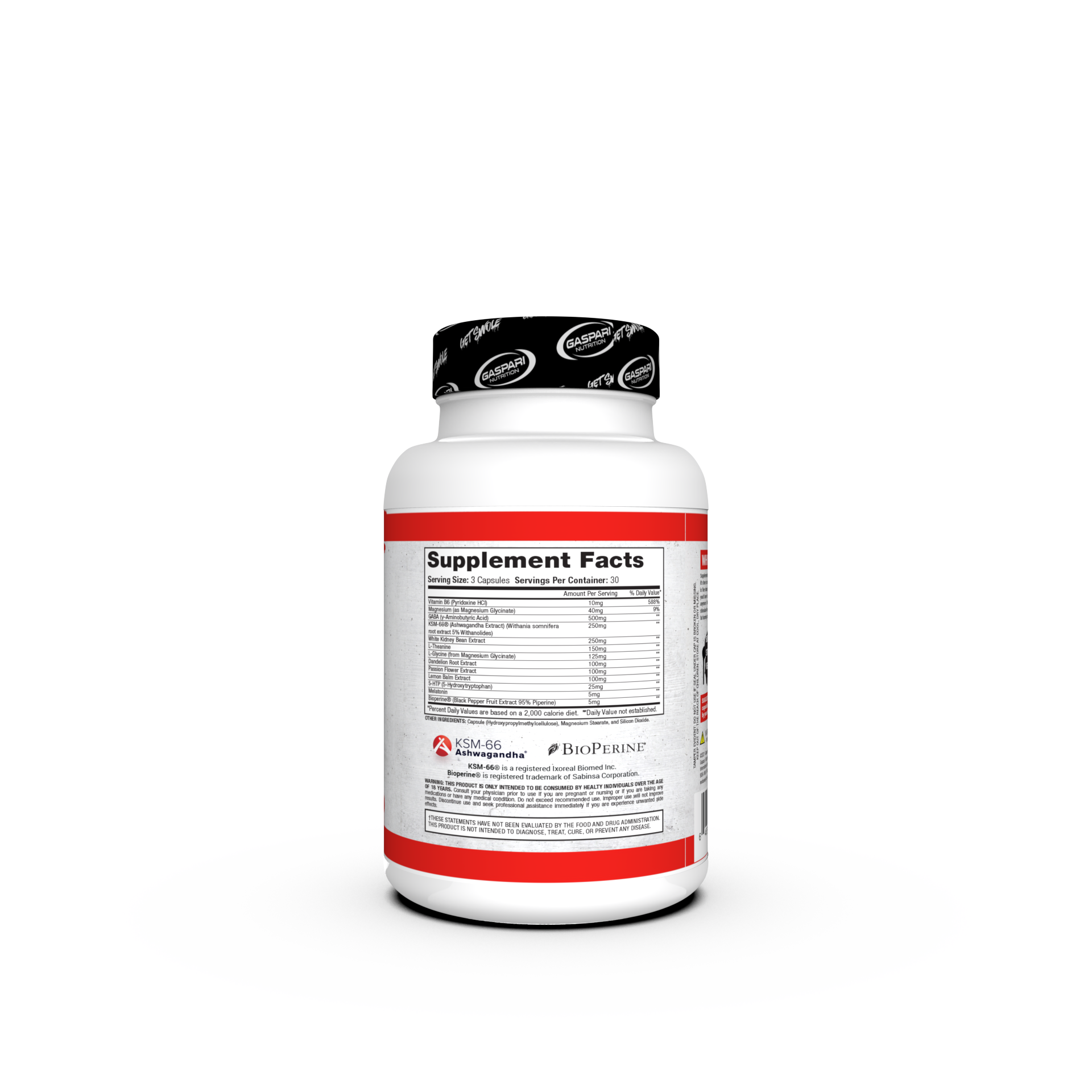
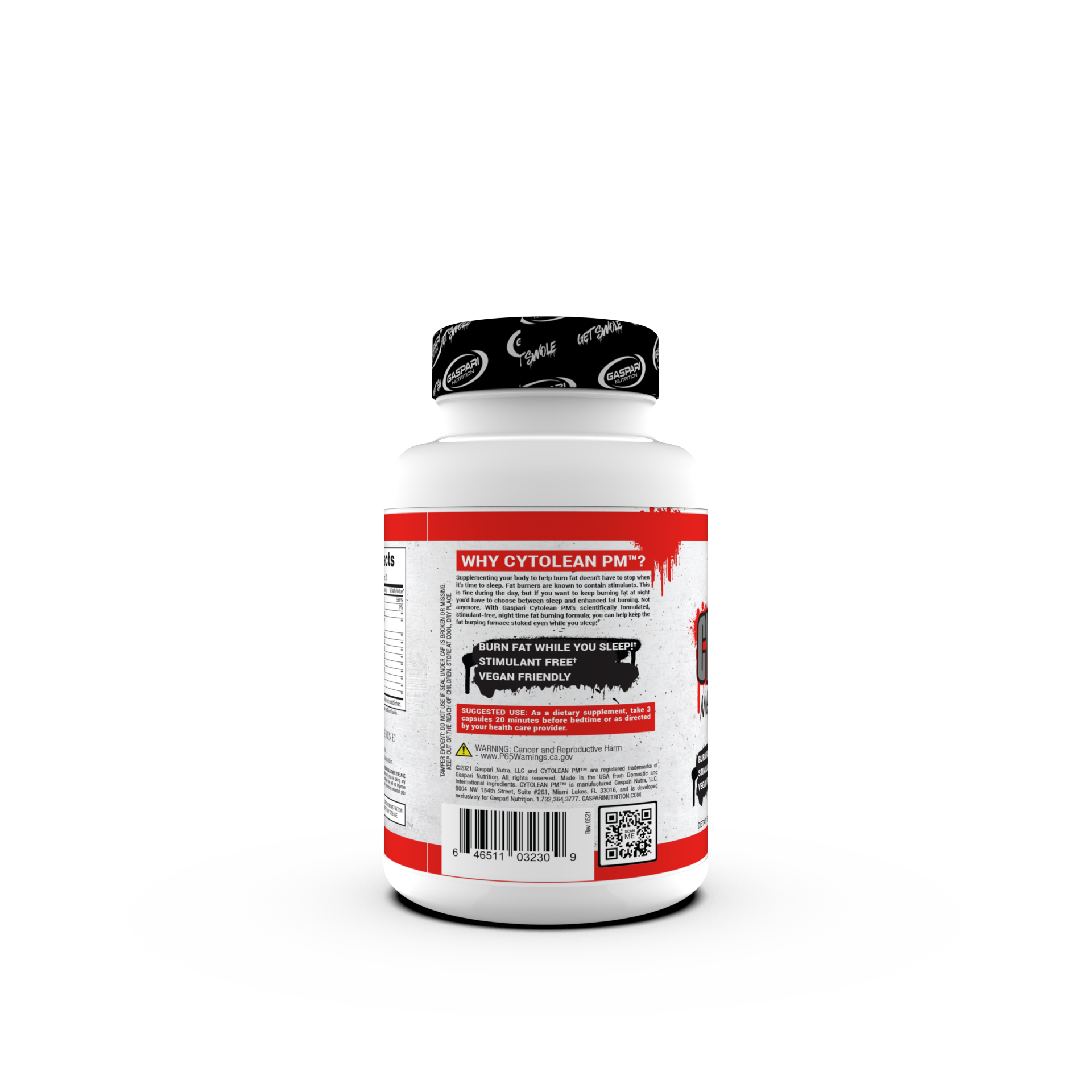





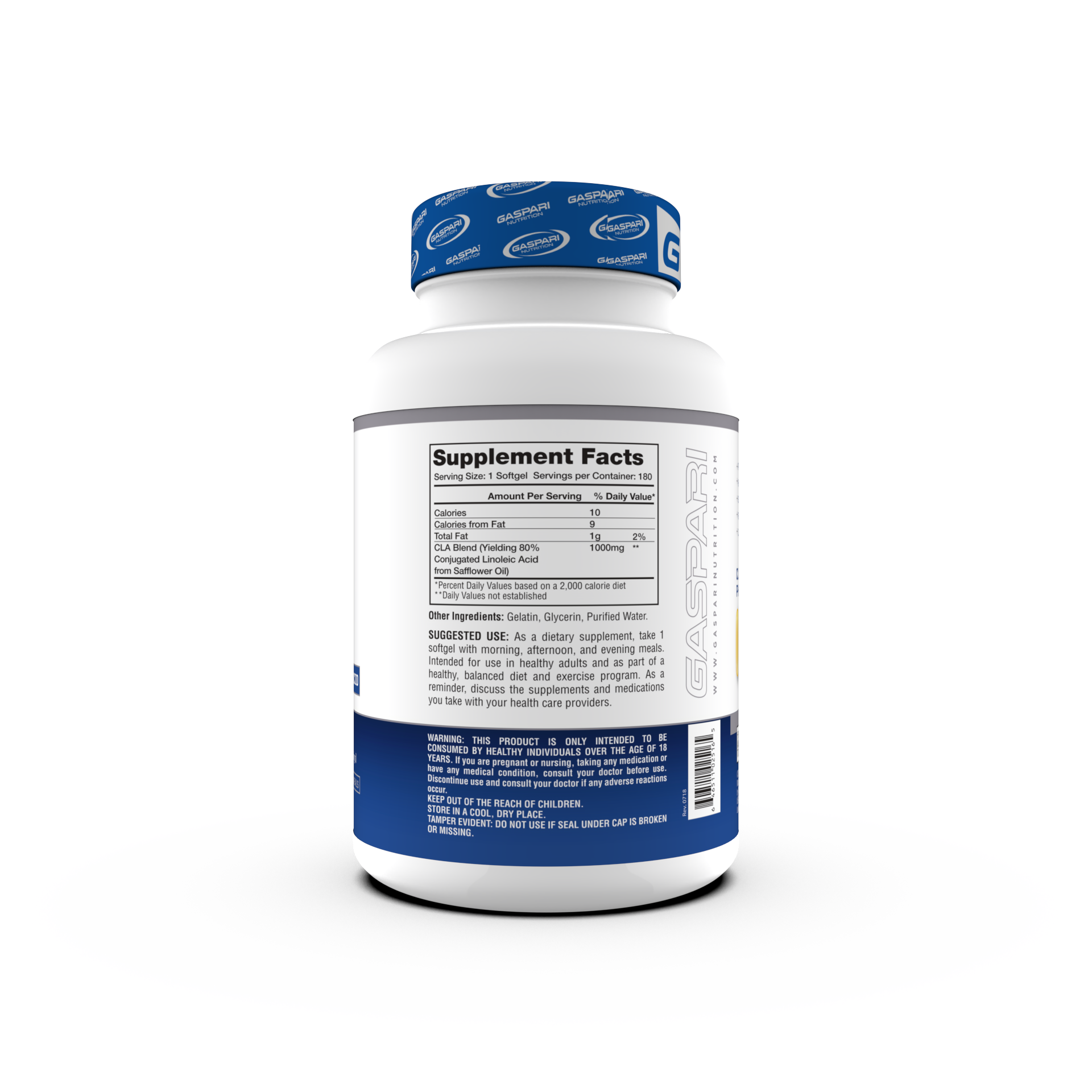


















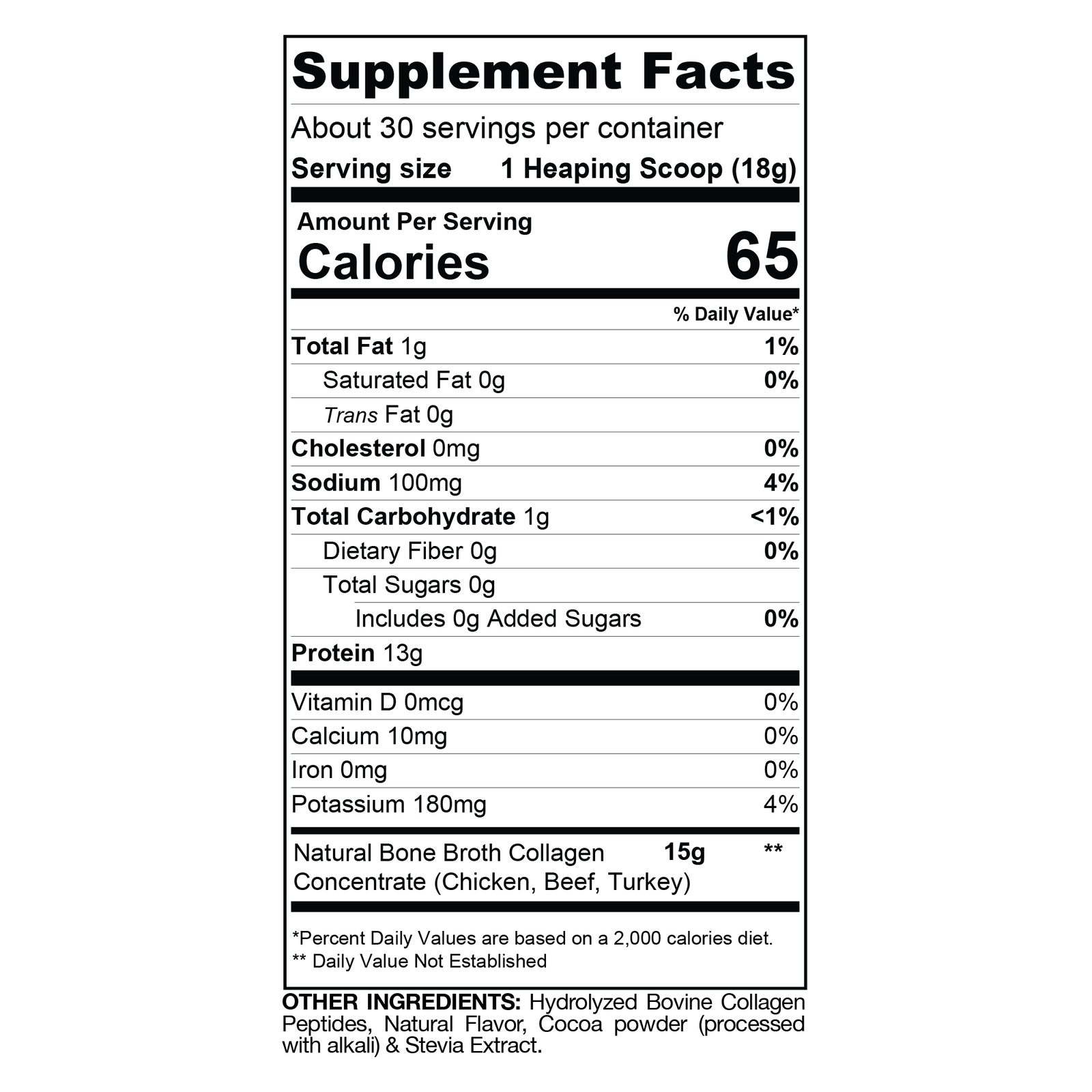


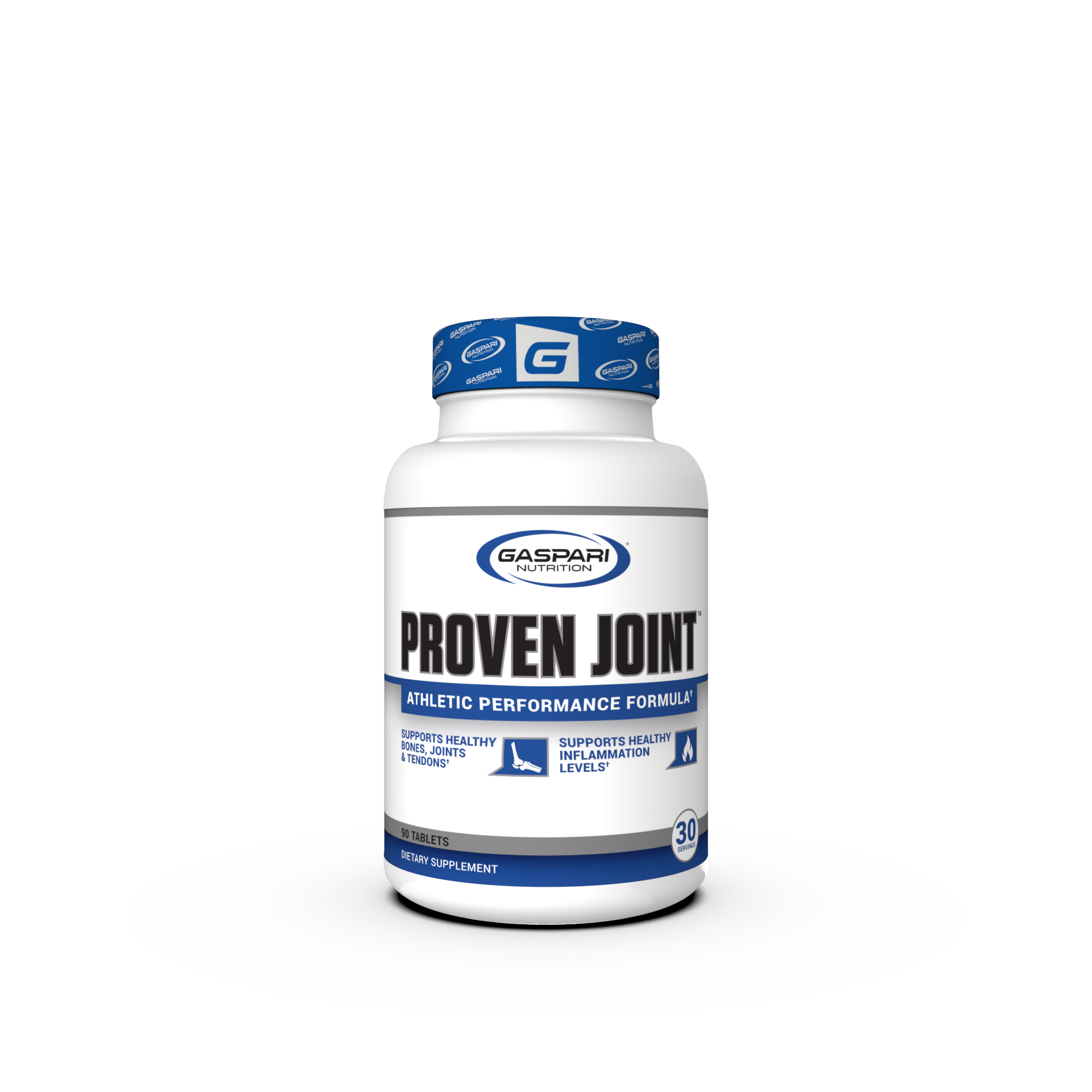


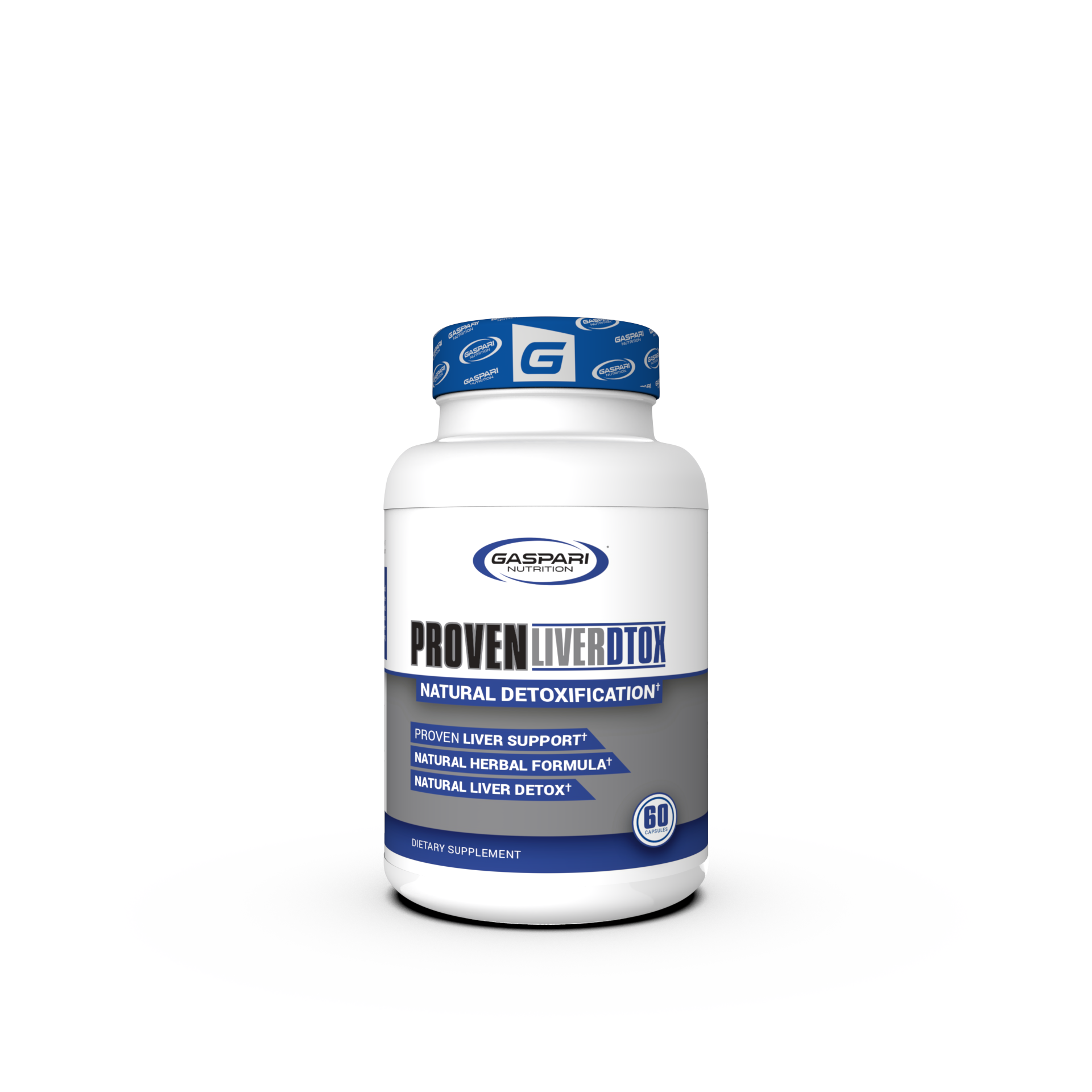




Share:
Super Sets with Biceps & Triceps
Two Arm Dumbbell Row for Thickness